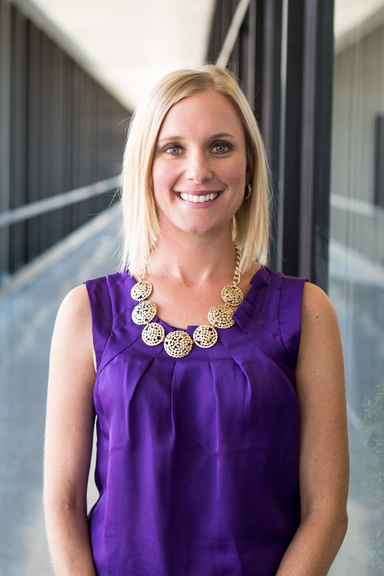
Campus Voices is a place for faculty, staff and students to share ideas, views and information about issues that matter to them personally and professionally. The opinions expressed here do not necessarily represent those of the University of Iowa. View more Campus Voices here.
If you live in the Eastern Iowa area, you most certainly have heard the term “Blue Zone.” You may also associate a Blue Zone with health and wellness, but what you may not know is what a Blue Zone is.
This fascinating concept is credited to Dan Buettner who, as a National Geographic Explorer, traveled the globe to uncover the best secrets for living a long, healthy life. He researched areas where the highest percentage of centenarians live, interviewed them, their families, and studied their lifestyles.
What are these people and these areas doing that the rest of us aren’t? The secrets lie within the Power 9 principles. When you read what they are, you might discover that they aren’t actually secrets—they make a lot of sense.
So what is going on in Iowa with Blue Zones, you may be wondering? As part of Iowa’s initiative to become the healthiest state in the nation by 2016, select communities are participating in a transformation process and becoming Blue Zones Communities. Wellmark Blue Cross/Blue and Healthways co-sponsor this state-wide project, with the goal of helping people live longer and fuller lives.
Locally, Cedar Rapids, Marion, Iowa City, and Muscatine have all been selected to receive assistance from experts like Buettner to develop and implement a series of community-level changes that help people make the healthy choice the easy choice. Iowa City will begin its efforts in 2014, and there will be plenty of opportunities for people to get involved in the efforts.
In fact, you can get started right now.
The University of Iowa is seeking to become a Blue Zones Worksite, and our wide range of wellness initiatives—including flexible work arrangements, lactation rooms, health benefits, a health coach service, weight and stress management programs, and fitness center cost assistance—puts us in an excellent position to achieve this designation.
The last piece of the puzzle is a personal pledge from at least 25 percent of our employees to commit to at least one healthy behavioral change.
The process is quite simple:
- The personal pledge can be completed online here.
- When making your pledge, be sure to check the "I have an organization code" box and use our code: uiowa. This will ensure that your pledge counts toward our worksite designation.
- To be counted, the key is also completing one action from the list of small, easy steps you can take in your daily life to provide lasting benefits for physical and emotional health.
- For those of you who have already created a Blue Zones profile, log in with your e-mail address and password. Select "Profile" (top right corner), and you will be able to enter the organization code—uiowa—so you can be counted toward the university's pursuit of a Blue Zones Worksite designation.
I’m confident that we can make this last step happen by the end of 2013, if not before. While the university is very large, making this 25 percent goal a bit more challenging than a company with only 50 or 100 employees, we have tremendous participation in wellness activities from faculty and staff.
More than 71 percent participate in the Personal Health Assessment annually. Nearly 25 percent are members of campus recreation facilities. We also have a network of Wellness Ambassadors who are champions for health and well-being in their own departments across campus. We’ll use this grass-roots network to spread the word about the Blue Zones Worksitegoal.
Becoming a Blue Zones Worksitemakes a very public statement that we support the Blue Zones principles.This fits in very nicely with our already-established initiatives through the liveWELL Program. By encouraging faculty and staff at the UI to adopt some of the Power 9 Principles, they can become empowered to be happier and healthier, thus contributing to a culture where health and well-being is supported. After all, a healthy campus culture is one of the main goals of our own liveWELL Program.

Megan Hammes is the manager for UI Wellness, a unit of Human Resources. She has been in her position for nearly nine years, which has included the development, launch, and growth of the liveWELL health and well-being initiative for faculty and staff.